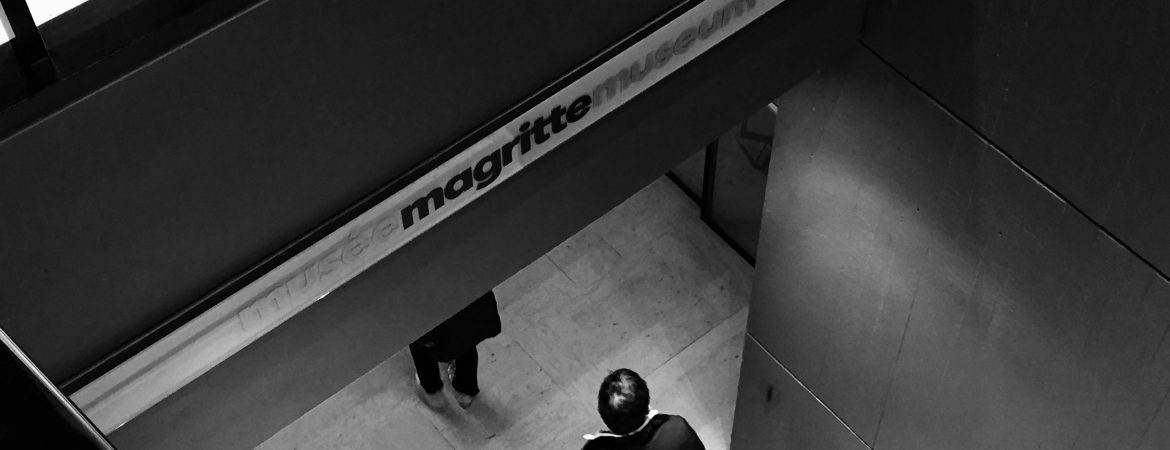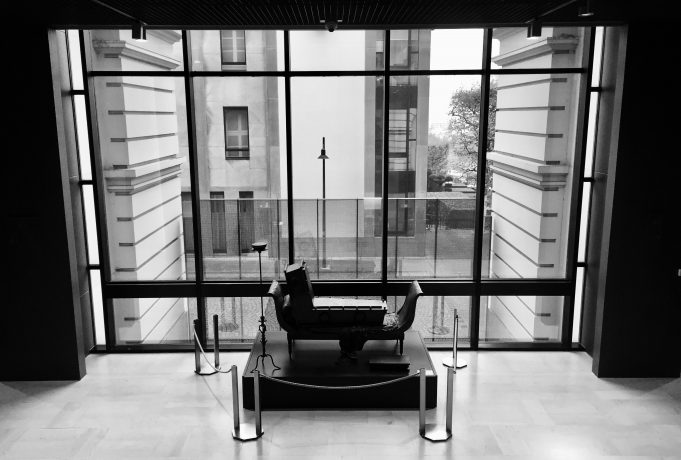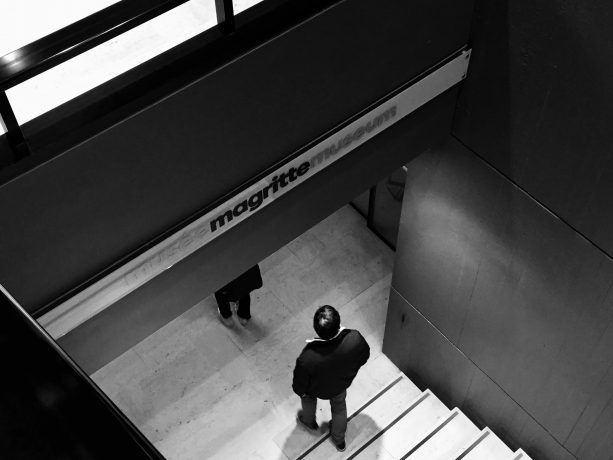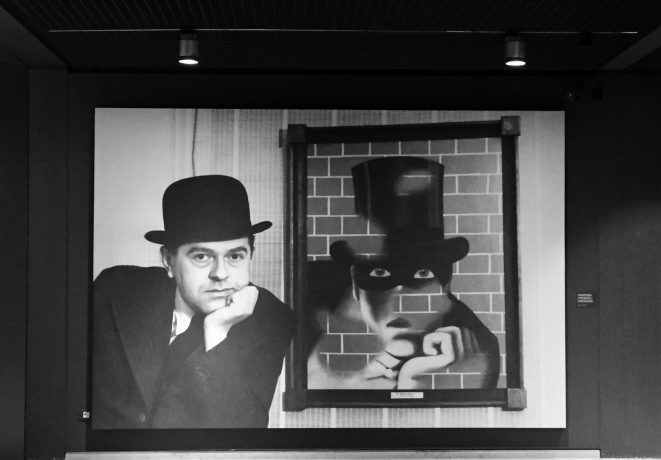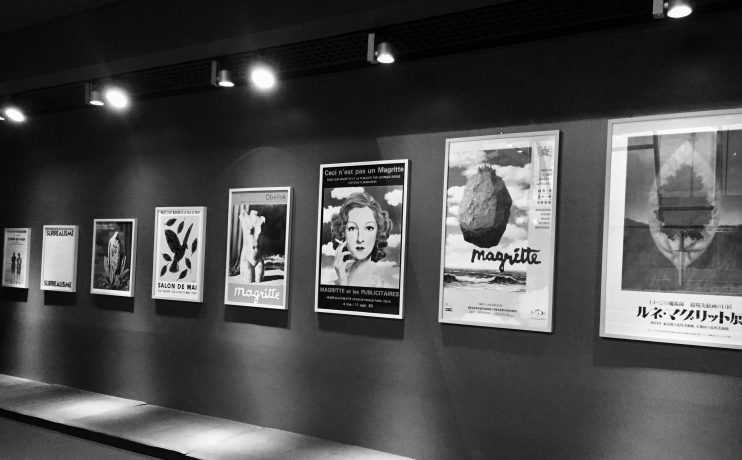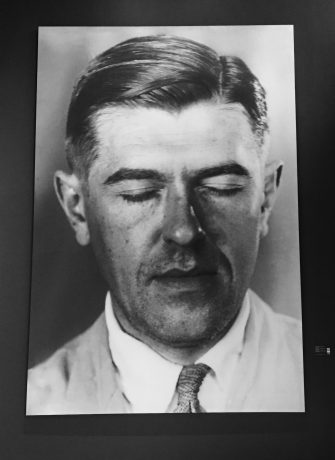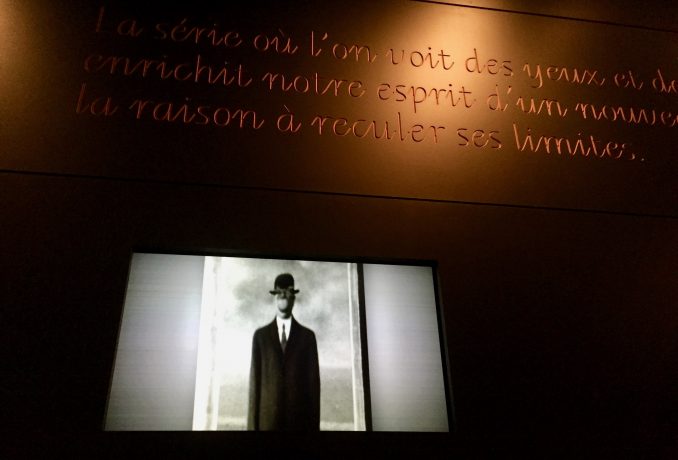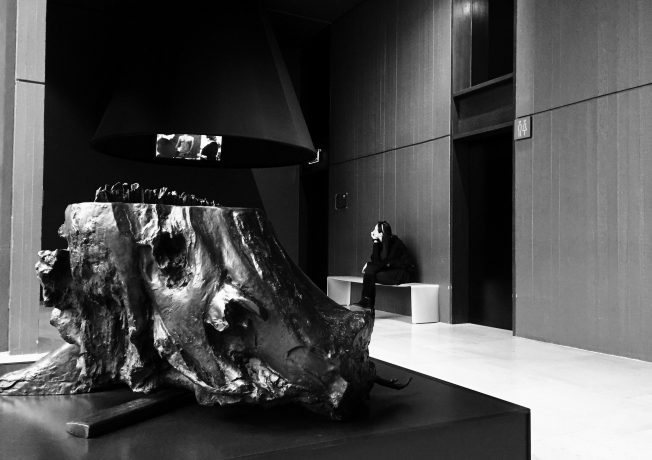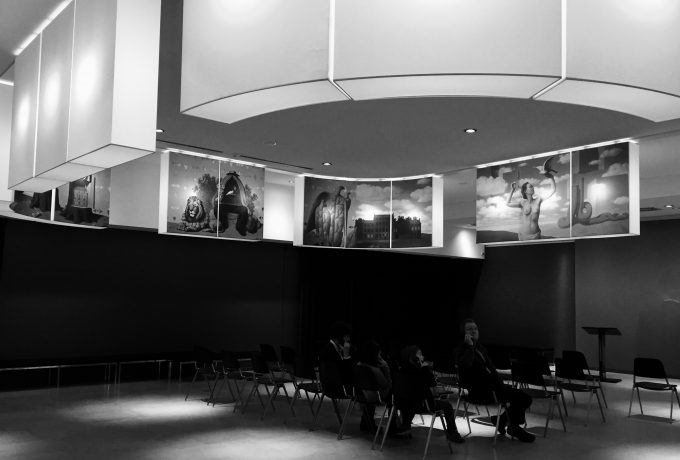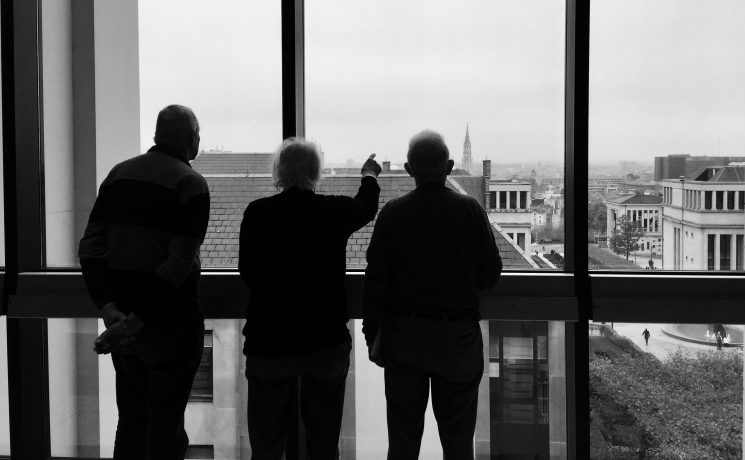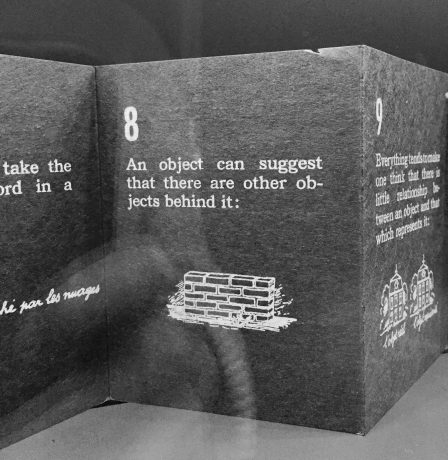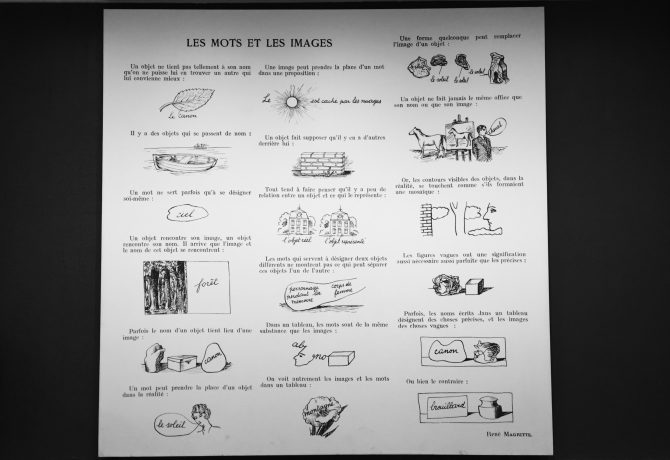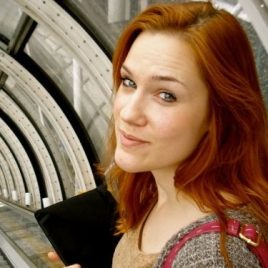Despite Brussels being a city of contrasts and artistic chaos, it is also well-thought-out at the same time. While driving through the narrow cobbled streets and passing by some modern cafes and shops, you suddenly stumble upon massive, epic classicist buildings or eclectic churches. Because of the design of the city, you don't even pause in astonishment, but simply accept the arranged disorderly design. That is why it is definitely no surprise that René Magritte, the famous surrealist, chose Brussels to study fine arts and develop his artistic awareness. Also, it’s not a surprise that his very own museum is also located here, thus allowing people from all over the world to admire his work and find out more about his private life.


Magritte Museum is a part of the Royal Museums of Fine Arts in Belgium. The whole collection of the institution is divided between six museums; the Royal Museum gathers around 20,000 pieces of art from between 15th and 21st centuries. It’s mostly focused on Belgian art and art from the former Southern Netherlands. The beginning of the Royal Museums of Fine Arts reaches back nearly two centuries to 1794, when Belgium was still under the French regime; Belgium was not actually an independent country until 1835. King Leopold I created the Brussels National Museum with the goal of gathering the most distinguished works of the Belgian masters. Magritte Museum is a fairly new branch as it opened for the public in 2009 inside the Hôtel Altenloh. This museum was also funded by the collaboration of the Royal Museums and the French company GDF Suez.
Hôtel Altenloh is a five-level Neoclassical building located at Place Royal with beautiful architectural surrounding it. There are quite a few museums dedicated to Magritte’s creations, but the one operated under Royal Museums of Fine Arts is the largest archive and collections of his Surrealist artwork. Most of the presented work is taken directly from Georgette Magritte, the artist’s widow, and from his primary collector, Irene Hamoir Scutenaire. Apart from the massive display of paintings and sketches, which reaches to around 200, there are also Magritte’s experiments with photography from the 1920s and his short surrealist films, which he started shooting in 1956.
The visit starts on the top floor: the lift takes you up from the basement and visitors are obliged to leave all the belongings. Before even entering the first part of the exhibition, you can admire the great view of Brussels city center (well, depending on the weather). It truly gives you an idea about the atmosphere of the city and its aforementioned arranged disorder. Next, you enter complete darkness as all the chambers are painted black and the light is soft and discreet. Thanks to that, the lively palette of Magritte’s paintings have a chance to really stand out and hypnotize the audience. Visitors start their journey on each of the floors with certain facts from the artist’s biography. Later, they can connect them to his development and realize how many of his artistic choices were influenced by his private life. Also, at the very beginning, we have a chance to discover a sad and tragic event. We learn that, in 1912 when the painter was only 14, his mother committed suicide by drowning. This incident was reflected in his future work as a corpse fished out of the lake with its face wrapped in a sleeping gown. Such motif is presented in a number of his work from the end of the 1920s.
Magritte is strongly connected with Brussels as, in 1915, he left his family village to study there at the Royal Academy of Fine Arts. At first, Magritte was experimenting with Cubism and Futurism, which were introduced to him by his fellow student and friend, Victor Servranckx. The first part of the display also highlights a figure of his one and only muse and model: Georgette Berger, who became his life-partner and married Magritte in 1922. There are also a few paintings by Giorgio de Chirico, who was the main inspiration for Magritte's drift into surrealism. Beside de Chirico’s work, there are also young Magritte’s paintings with much undermentioned surrealist influence. Along with Magritte’s work and some of de Chirico’s paintings, visitors can also admire the paintings of few other fellow surrealists spread along the three levels.
In 1927, Renee and Georgette moved to Paris and Magritte immersed himself into Andre Breton’s coterie of Parisian Surrealists, which included artists such Max Ernst and Salvador Dali. Moving down with the levels, Magritte’s works become more mature. After his Parisian period, Magritte came back to Brussels again and had to focus on commercial advertising work, which is also presented to the public. Visitors can contemplate all his manifestos and later work, complemented with archives from his private life.


In front of the entrances to the exhibition on the first and second floors, there are two truly surrealistic massive lamp shades. These shades create a little bit of closure necessary to watch the short films screening inside them. Before actually entering the display, visitors can rest and watch a little bit of Magritte's film work.
The first floor is all about his late work and cooperation with galleries from Unites States. It also focuses on his Impressionist attempts, as he tried to experiment with that style of painting as well. The second floor, the most impressive one, focuses on his best artistic years. You can truly experience the development and Magritte’s research of his own creative vocation. Some of his most famous quotes are are written on the walls of the display. „La poesie est une pipe!”.


Beginning the tour on the top floor works as a beautiful metaphor. Visitors go on a special journey with Magritte: the journey of his dreams, fantasies, ideas, life and at the end they return to the normal, gray reality on the ground again. It’s like a little feather floating down slowly until you find yourself down to earth again. On the ground floor, there is a shop with plenty of souvenirs and cloakrooms. The dream is over, but it was absolutely worth of dreaming!
